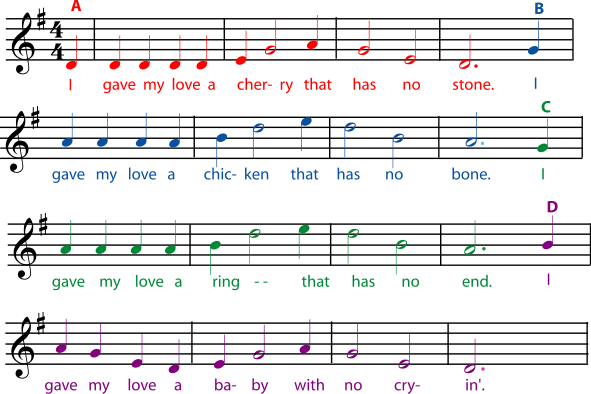

Listening to specific melodies can evoke multiple memories, even in musical laypersons. Future studies may investigate how these mechanisms contribute to the everyday experience of music-evoked memories. (II) A retrieval-based mechanism that critically depends on an expert ability to maintain and discriminate visual-melodic associations across extended memory delays. (I) A default mechanism that mainly operates at encoding of complex visual-melodic associations and that works with surprising efficacy even in musically untrained subjects. Consistent with previous accounts of visual associative memory, we interpret these findings as suggestive of at least two complimentary mechanisms that contribute to visual-melodic memory integration. Moreover, accuracy of direct and indirect trials correlated significantly in musicians but not in non-musicians. However, non-musicians showed shorter RTs in indirect compared to direct trials, whereas the reverse pattern was found in musicians.
#Popular song triplety melody trial#
Although musicians showed a higher overall memory accuracy, non-musicians’ accuracy was well above chance level in both trial types, thus indicating a significant ability to associate and integrate musical with visual information even in musically untrained subjects.

We reasoned that the musical and cross-modal memory demands of musicianship might modulate performance in the task and might thus reveal mechanisms that underlie the association and integration of visual information with musical information. We analyzed accuracy and reaction times (RTs) of direct and indirect trials in both groups. We further investigated whether and how musical expertise modulates these two processes.
#Popular song triplety melody professional#
Musical laypersons and professional musicians performed an associative inference task that tested the ability to form and memorize paired associations between objects and melodies (“direct trials”) and to integrate these pairs into more complex representations where melodies are linked with two objects across trials (“indirect trials”). Here, we studied the ability of human subjects to associate visual objects with melodies. How musical and non-musical information integrate into complex cross-modal memory representations has however rarely been investigated. Music can act as a mnemonic device that can elicit multiple memories.

2Hanns Eisler School of Music Berlin, Kurt-Singer-Institute for Music Physiology and Musicians’ Health, Berlin, Germany.1Berlin Center for Musicians’ Medicine, Charité – Universitätsmedizin Berlin, Berlin, Germany.Martina Hoffmann 1,2,3, Alexander Schmidt 1,2 † and Christoph J.


 0 kommentar(er)
0 kommentar(er)
